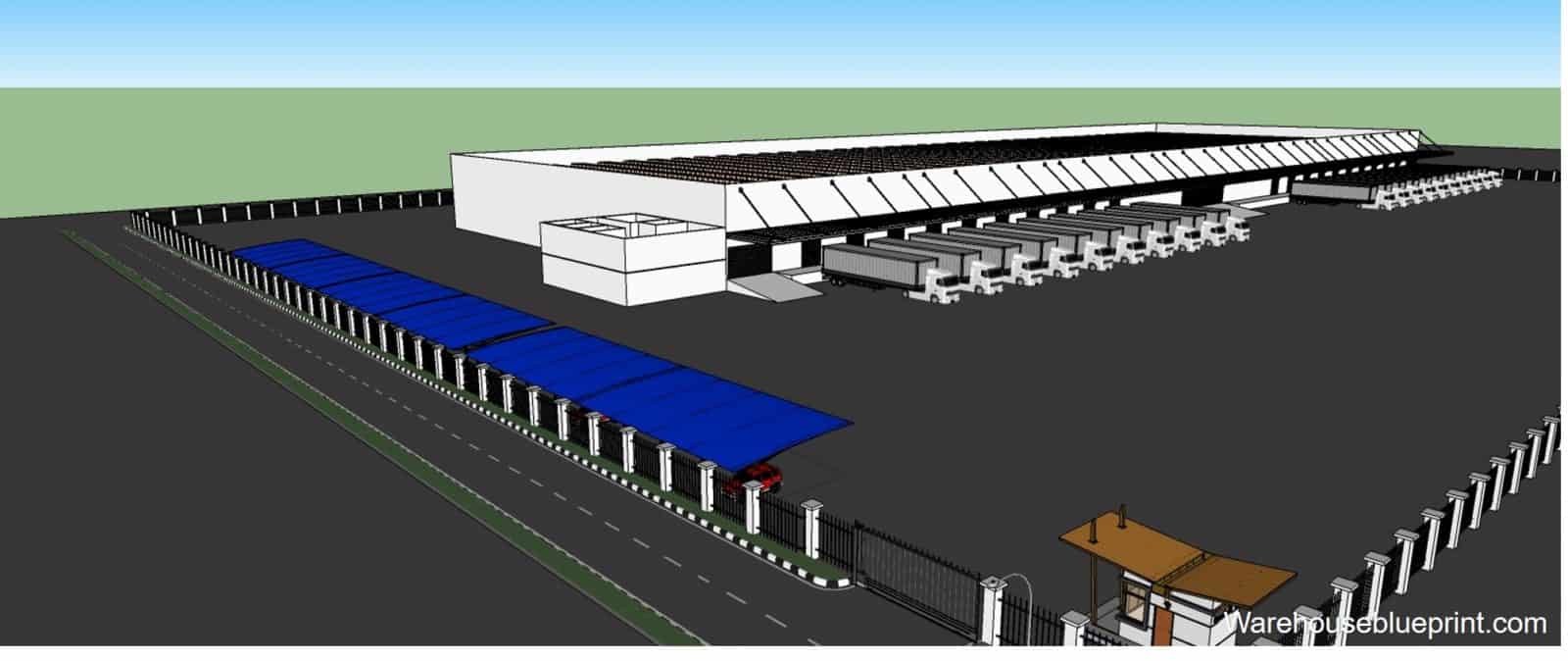
Other places are using "pick zones" that reduce employee interaction in certain choke point areas, places where the structural layout of the facility means that it's impossible to maintain distancing. Many facilities are challenged with social distancing on the production line, although staggered shifts seem to be helping.
#WAREHOUSE BLUEPRINT BACKGROUND HOW TO#
Teaching employees how to wear personal protective gear properly is important for their protection.Ī facility in Pottsville, PA, which is affiliated with Saks Fifth Avenue, is providing personal protective gear for its employees. Changing gloves often and washing hands or using hand sanitizer frequently will help reduce the risk of the virus spreading. Fabric masks should be washed often, and employees should avoid touching their faces, even when wearing gloves.

Personal protective gear is only as effective as the people maintaining it. As an employer, you may have the option to require employees to wear their own masks, or you may opt to provide disposable masks and gloves at the start of each shift. Masks and gloves are a requirement in many workplaces now and will help reduce the spread of COVID-19. Stagger employee lunch breaks so that you can comply with the distancing rules and post policies about cleaning the shared areas in prominent positions. However, social distancing means that you'll have to change the layout of these shared areas, reducing the occupancy rate to adhere to social distancing. Many warehouses also have set lunch break times, where most workers gather in a shared break room. You may wish to consider ceasing operations of vending machines for the time being and implementing stringent handwashing and bathroom cleanliness policies. Other considerations include employee break areas, bathrooms, smoking areas, and even vending machines.

If you notice that your order fulfillment times are slowing due to extra cleanliness measures, consider hiring an outside cleaning service to conduct thorough sanitation on a weekly, or even daily, basis. Structuring each shift with plenty of time to clean before the next shift comes in gives warehouse workers plenty of time to sanitize equipment and employee break areas. The CDC has issued workplace cleaning guidelines, and employers should check for updates as the knowledge about the spread of COVID-19 improves. This is a time where managers and operators will have to be strict about scheduling requirements to minimize how many employees interact with one another. Limit who works each shift, so that in case of positive tests, only part of your workforce will be under quarantine.

This gives the exiting shift staff time to completely clean and sanitize the warehouse. Consider dividing your operating hours into two (or even three) distinct shifts, with an hour break between one shift coming in and another leaving. Scheduling in the past may have been more flexible, but limiting exposure to COVID-19 may include limiting the number of people you have working together. Once the order has been assembled, make sure that there is at least 6 feet of space between where the pickers drop off items and where the packers assemble orders. This restricts the spaces that workers are in and limits exposure to others. Consider dividing each part of a warehouse into certain zones, and restrict workers to a few aisles or areas for picking. However, this practice can make 2 meter/ 6-foot social distancing requirements difficult to adhere to and can cause a lot of crossover contact between workers.


 0 kommentar(er)
0 kommentar(er)
